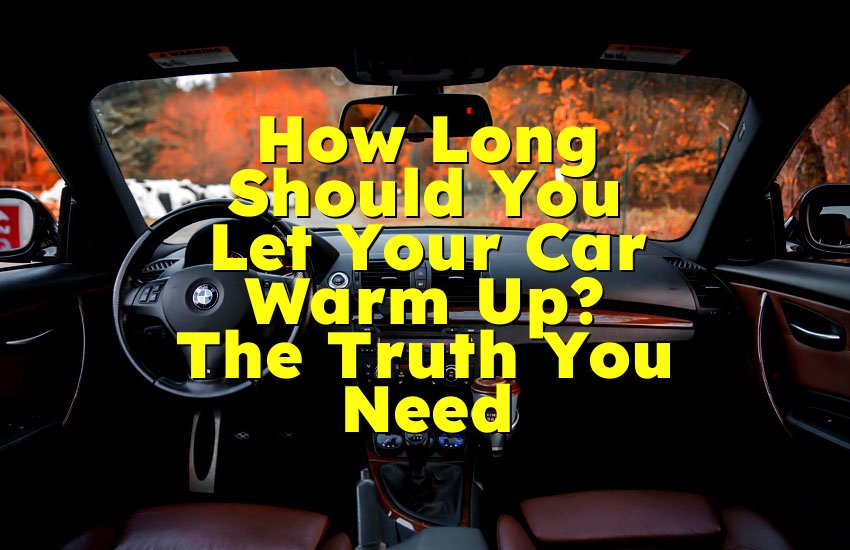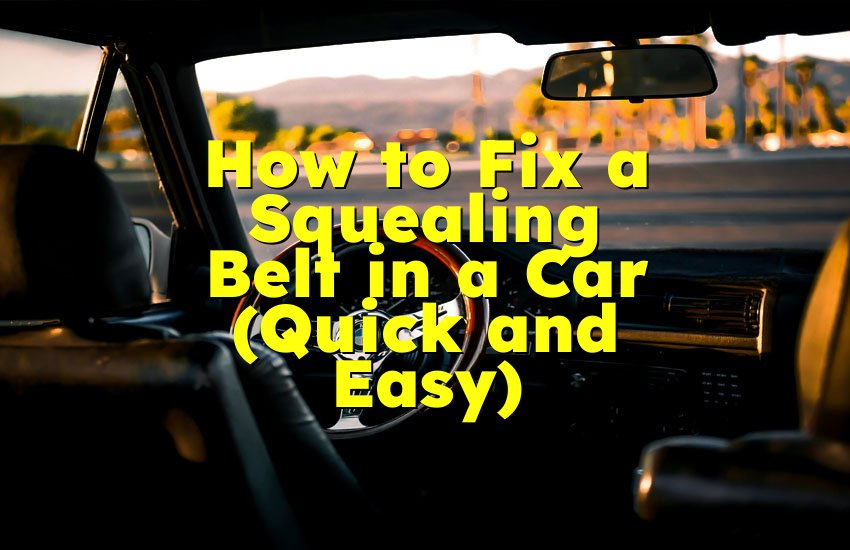As an Amazon Associate, I earn from qualifying purchases at no extra cost to you.
How to Drive Your Standard Transmission Car: Quick Guide!
You've got a standard transmission car and want to learn how to drive it? Great choice! Driving a car with a stick shift can be a bit tricky at first, but once you get the hang of it, it’s a lot of fun. In this guide, we’ll walk you through the basics, like how to use the clutch and shift gears smoothly. Whether you’re new to driving a manual or just need a refresher, these simple tips will help you become a confident driver in no time!

Understanding the Basics
In a standard transmission car, you have three pedals: the clutch, the brake, and the gas. You also have a gear shifter that lets you change gears. Here's a closer look at each component:
Clutch: This pedal is located on the far left. Pressing the clutch disengages the engine from the wheels, which allows you to change gears. You'll need to use the clutch whenever you start moving, shift gears, or come to a stop.
Brake: The brake pedal is in the middle. Use this pedal to slow down or stop the car. You'll use the brake in combination with the clutch when you need to slow down or stop.
Gas: The gas pedal is on the right. Press this pedal to accelerate and increase the car's speed.
Starting the Car
Starting a standard transmission car can seem confusing at first, but with a bit of practice, it will become easy. The first thing you need to do is press the clutch pedal. This pedal is on the far left side of the three pedals in the car. Use your left foot to push it all the way down to the floor.
Keeping the clutch pressed is very important because it separates the engine from the wheels, allowing you to start the car without stalling. While you keep your foot on the clutch pedal, turn the key in the ignition. This will start the engine. You should keep the clutch pedal pressed until the car is running.
After the engine starts, you need to prepare to move. To do this, move the gear stick, which is usually in the middle of the front seats, into the first gear position. The gear stick has numbers on it, and the "1" is for first gear.
Make sure the gear stick is in the first gear before you let go of the clutch pedal. At this point, you should also have your foot on the brake pedal to keep the car from rolling. Once everything is set, you are ready to start driving.
Moving the Car
When you're ready to start moving, you need to carefully release the brake pedal. This is the middle pedal, and you should lift your foot off it slowly. At the same time, you need to press the gas pedal with your right foot. The gas pedal is the one on the right side, and pressing it gently will give the car power to move forward.
Now comes the tricky part: you need to release the clutch pedal slowly while pressing the gas pedal. This process is called "slipping the clutch." If you release the clutch pedal too quickly, the car might stall. Stalling means the engine will stop running, and the car will not move.
To avoid this, lift the clutch pedal slowly and smoothly while adding a little gas. It might take some practice to get this right. Try to find a smooth balance where the car moves forward without jerking or stalling. Once you get used to this, starting and moving the car will become much easier.
Shifting Gears
As you drive, the car will need to change gears to go faster. When you reach a speed where the engine sounds like it's working hard (around 2,500 to 3,000 RPM), it's time to shift to a higher gear. To do this, first press the clutch pedal down with your left foot.
This disconnects the engine from the wheels so you can change gears smoothly. While keeping the clutch pressed, move the gear stick to the next gear. For example, if you are in first gear, move the stick to second gear. After shifting gears, you need to slowly release the clutch pedal while pressing the gas pedal gently.
This will help the car continue to move smoothly without jerking. The key is to match the gas and clutch pedals so that the car doesn't shake or stop suddenly. It's normal to practice this a few times to get comfortable with how the car responds when changing gears. With time, you will get better at making smooth gear changes.
Stopping the Car
Stopping a standard transmission car involves using both the clutch and brake pedals. When you need to stop, first press the clutch pedal down with your left foot. This prevents the engine from stalling while you slow down. At the same time, press the brake pedal with your right foot to slow the car down.
If you are coming to a complete stop, you should also shift the gear stick into the neutral position. Neutral means the car's engine is not connected to the wheels, allowing the car to roll freely.
Once the car has come to a complete stop, you should pull up the parking brake. The parking brake, or handbrake, is a lever between the front seats that you pull up to keep the car from rolling. Make sure the car is completely stopped before you pull up the parking brake.
After using the parking brake, you can turn off the engine by turning the key in the ignition to the off position. This will ensure the car is safely parked and won't move while you are away.
Parking the Car
Parking a standard transmission car requires a few simple steps to ensure it stays in place. Begin by bringing the car to a complete stop. This means the car should be fully stopped and not moving at all. Once the car is stopped, you need to pull up the parking brake.
The parking brake, often called the handbrake, is a lever located between the front seats. Pull it up firmly to prevent the car from rolling. After you have engaged the parking brake, you need to shift the gear stick into the neutral position.
This means moving the gear stick to the middle position where it is not in any gear. Putting the car in neutral will allow it to roll if needed, but it also ensures that the car is not in gear while parked.
Finally, turn off the engine by turning the key to the off position. Make sure that the car is completely stopped and the parking brake is engaged before turning off the engine. This will keep the car from rolling and ensure it stays securely parked. With these steps, you can safely park your standard transmission car every time.
I hope this guide helps you feel more confident driving your standard transmission car. With practice, you’ll get the hang of shifting gears smoothly and managing the clutch. Remember, patience is key. Keep practicing, and soon, driving a standard will become second nature. Enjoy the drive!
Frequently Asked Questions
Can I damage the car if I release the clutch too quickly?
Yes, releasing the clutch too quickly can damage the car. It may cause the engine to stall or put extra strain on the clutch and transmission. To avoid this, practice releasing the clutch slowly while pressing the gas pedal.
Do I need to use the clutch every time I shift gears?
Yes, you need to press the clutch every time you shift gears. The clutch pedal disconnects the engine from the wheels, allowing you to change gears smoothly without stalling the engine.
Can I drive a standard transmission car in stop-and-go traffic?
Yes, you can drive a standard transmission car in stop-and-go traffic. It may take some practice to get used to the constant gear changes and clutch use, but with experience, you'll handle traffic more smoothly.
Is it necessary to shift to neutral when stopped?
It is not always necessary to shift to neutral when stopped, especially if you are only stopping for a short time. However, if you are stopped for a longer period, such as at a long red light, shifting to neutral can reduce strain on the clutch.
Can I start a standard transmission car on a hill without rolling back?
Yes, you can start a standard transmission car on a hill without rolling back by using the handbrake. Keep the handbrake engaged while you press the clutch and gas pedals. Once you release the handbrake and start moving, the car should stay in place.
Do I need to downshift when slowing down?
Yes, downshifting when slowing down helps maintain control and smoothness. When you reduce speed, shift to a lower gear to match the engine speed with the car's speed, which helps prevent jerking and stalling.
Can I use cruise control in a standard transmission car?
Some standard transmission cars have cruise control. You can use it just like in an automatic car. However, remember to disengage cruise control when you need to shift gears or slow down.
Do I need to press the clutch when coming to a stop?
Yes, you should press the clutch pedal when coming to a stop to prevent stalling the engine. Press the clutch before applying the brake to ensure a smooth stop and avoid damaging the transmission.
Can I drive a standard transmission car with one foot?
No, you cannot drive a standard transmission car with just one foot. You need to use both feet—one for the clutch and brake pedals (left foot for the clutch and right foot for the brake) and one for the gas pedal (right foot).











